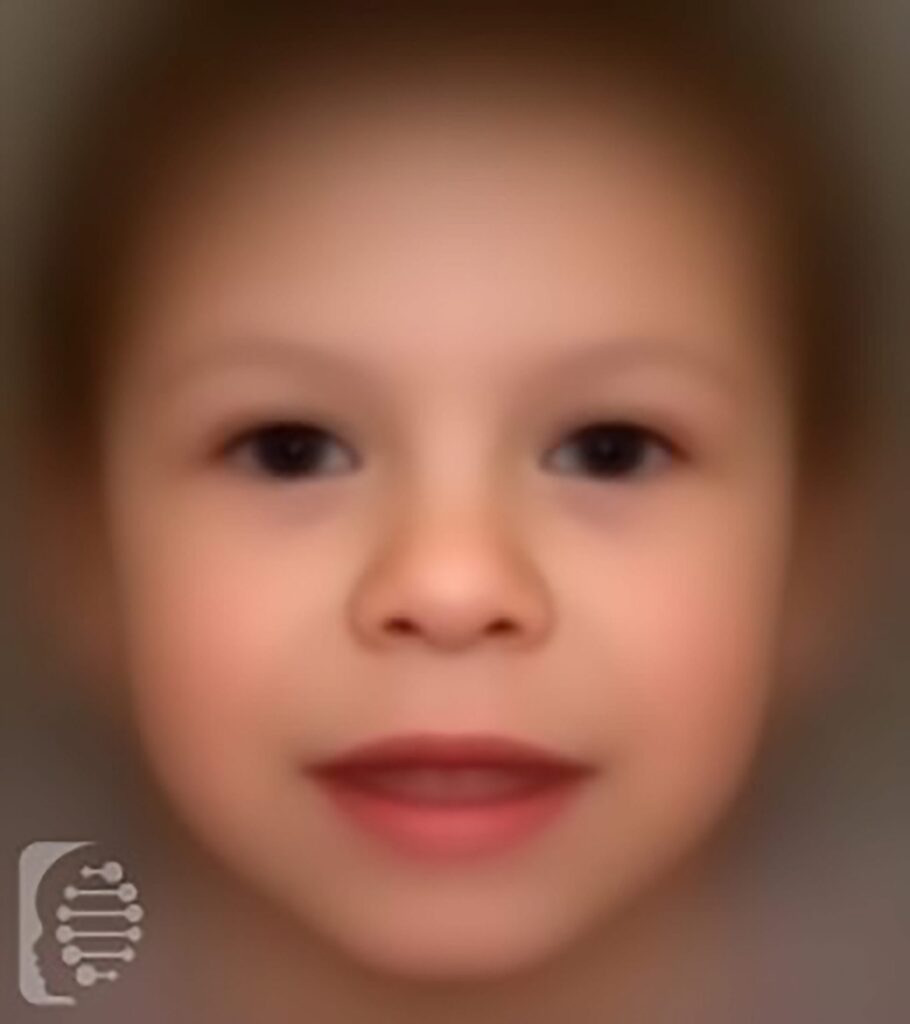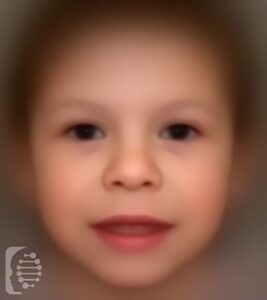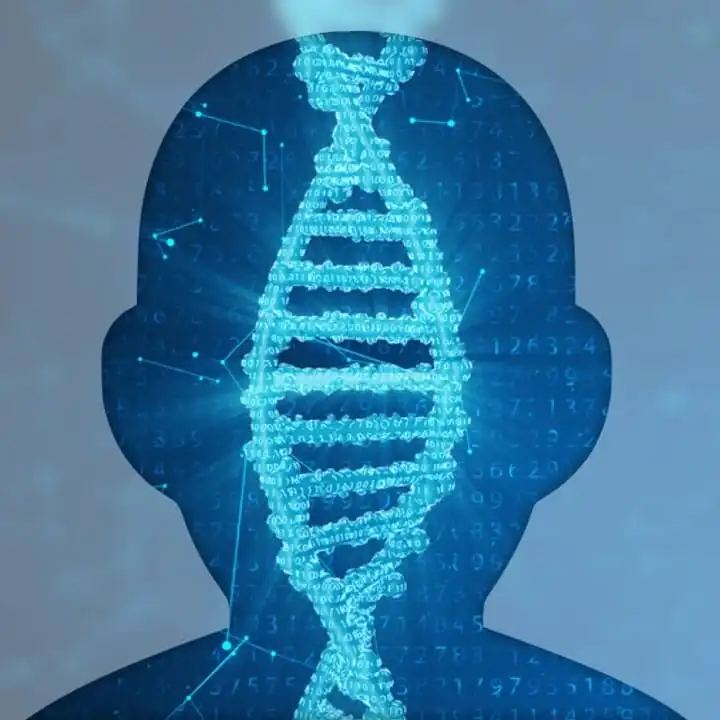What is Williams-Beuren syndrome?
Williams-Beuren syndrome is a genetic condition that presents with a characteristic face. Health conditions associated with this developmental disorder include heart defects and especially supravalvular aortic stenosis. Mild to moderate intellectual disability or learning problems and often unique personality traits characterize this condition. Patients often have a typical face for this syndrome, which includes a wide mouth, prominent lips, and a small nose. The disorder is rare and occurs in approximately 1 in 10,000 people.
Syndrome Synonyms:
Chromosome 7q11.23 deletion syndrome
What gene change causes this syndrome?
The deletion of genetic material from a specific region of Chromosome 7 is understood to cause Williams-Beuren syndrome. The genes typically deleted include CLIP2, ELN, GTF2I, GTF2IRD1, and LIMK1. The deletion of these genes, and possibly others too, is understood to contribute to the unique behavioral characteristics and other cognitive difficulties of those with Williams-Beuren syndrome. The syndrome is not usually inherited but occurs during the formation of reproductive cells in the parent of the affected individual. However, individuals with the condition have a 50% chance of the condition being inherited by their future children.
Microdeletion inheritance occurs when there is a deletion of several genes on a chromosome. The specific chromosome on which the deletions occur will determine the syndrome they cause.
What are the main symptoms of Williams-Beuren syndrome?
The main symptoms of Williams-Beuren syndrome include characteristic facial features such as a wide mouth, small upturned nose, widely spaced teeth, and full lips. ADD, anxiety, and phobias are common in individuals with the syndrome, as are learning disorders and speech delays.
Infants may present with colic and feeding problems, as well as low birth weight and muscle tone.
Other physical health conditions may include short stature, farsightedness, and a sunken chest. Kidney abnormalities are also a symptom of the syndrome.
Possible clinical traits/features:
Cognitive impairment, Seizure, Patent ductus arteriosus, Porencephalic cyst, Microcephaly, Arnold-Chiari malformation, Atrial septal defect, Autism, and Attention deficit hyperactivity disorder.
How is it diagnosed?
To find out if someone has a diagnosis of Williams-Beuren syndrome, it is important to have a consultation and evaluation with a clinical genetic specialist. Specialists may also suggest specific genetic testing or other types of tests to help reach a diagnosis. FDNA’s AI technology can help speed up the diagnostic process by analyzing facial features and other health information.


